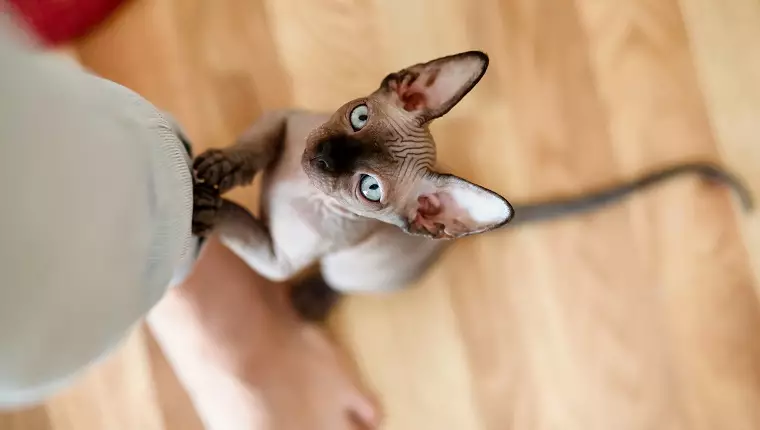October 14th marks a unique observance called Be Bald And Free Day, a day dedicated not just to humans who embrace their natural baldness, but also to the fascinating world of hairless cats. This celebration serves as a reminder to appreciate beings of all types, regardless of their appearance. While many might find hairless cats to be an intriguing spectacle, the opinions around them can vary greatly, leading to lively discussions among pet enthusiasts.
The Controversial Appeal of Hairless Cats
Hairless cats, particularly the Sphynx breed, often spark mixed reactions. To some, their lack of fur is a curious trait that accentuates their unique features, like large ears and pronounced cheekbones. Yet for others, the absence of fur can be unsettling, creating an aesthetic that is hard to embrace. This divide highlights an important point: beauty standards in pets are as subjective as they are in humans. However, the one unifying aspect among cat lovers is the belief that every cat, regardless of its coat (or lack thereof), deserves compassion and care.
Understanding Hairless Cats: Six Key Facts
1. **Genetic Mutation**: The hairlessness in cats is primarily due to a natural genetic mutation that affects their fur growth. This mutation can lead to a variety of skin types and is not exclusive to one breed, although it is most prominently seen in the Sphynx.
2. **Skin Care Needs**: Unlike their furry counterparts, hairless cats require special care for their skin. Without fur, their skin is more susceptible to oils and dirt. Regular baths and moisturizing are essential to maintain their coat’s health, which can be a unique commitment for potential owners.
3. **Affectionate Companions**: Many hairless cat owners report that these felines have distinct personalities. They tend to be social, seeking human interaction and affection. This characteristic can be endearing for those looking for a loving pet who actively engages with its owner.
4. **Temperature Sensitivity**: Due to their lack of fur, hairless cats can be more sensitive to temperature fluctuations. This necessitates a comfortable indoor environment, as they cannot easily regulate their body heat and may require sweaters or blankets in colder climates.
5. **Diet and Health**: Just like other breeds, hairless cats may face specific health issues. Their dietary needs can be unique, sometimes requiring more protein to support their metabolism. Routine veterinary care is also essential to monitor their overall health.
6. **Adoption and Guardianship**: As with any breed, considering adoption from shelters and rescue groups is a commendable choice. Many hairless cats are in need of loving homes, and offering a sanctuary for these unique animals enriches the lives of both the pet and the owner.
On Be Bald And Free Day, we not only celebrate the beauty in baldness among humans but also recognize and honor the extraordinary nature of hairless cats. These unique pets challenge our preconceptions about beauty and companionship. They serve as a reminder that love knows no boundaries—whether they come adorned in fur or are proudly displaying their bare skin. As we observe this special day, let’s embrace the diversity in all living beings and delight in the quirks that make each one of us special.
